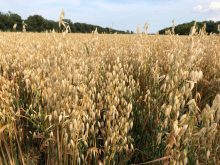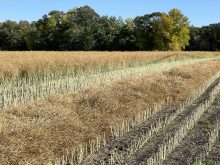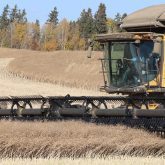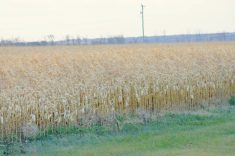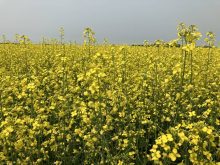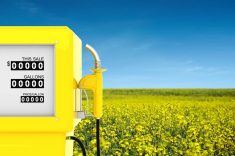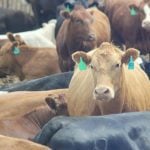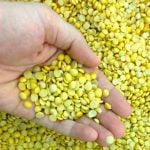Bioenergy crops for sustainable aviation fuel (SAF) will be the subject of much debate in the years to come, with questions about where to plant them, how to convince skeptical farmers to invest in them, and how they will impact food and fuel prices.
Maddhu Khanna, an environmental economics professor with the University of Illinois, outlined some of the latest research on SAFs from annual energy crops like energy sorghum and high-yielding perennials including miscanthus, switchgrass and energy cane.
She spoke at the International Consortium on Applied Bioeconomy Research (ICABR) conference July 11 in Saskatoon.
Read Also
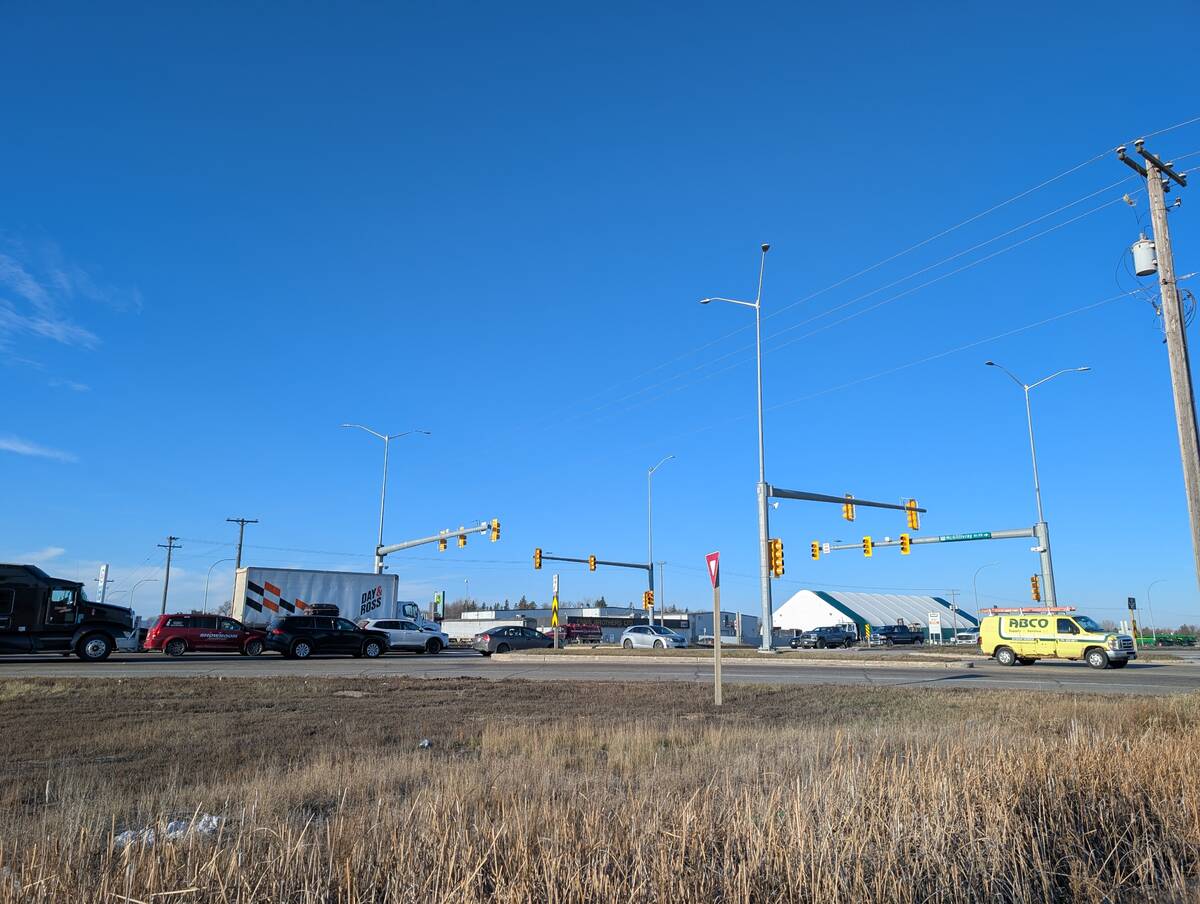
Manitoba farmers uneasy on expropriation
Farmland expropriation for Oak Bluff highway project brings process, farmer compensation concerns back to the fore.
Based on the research to date, producing SAFs from energy crops will cost two to three times more than petroleum jet fuel, she said. It will also require either mandates that require the aviation industry to comply with high biomass or high prices for farmers to grow what could be high-risk propositions.
“A lot of those policies actually need to deal with the initial establishment cost because that is a huge part of the upfront cost of planting these energy crops and that’s what causes them to be risky,” she said.
The United States wants 100 per cent SAF, but where’s the room?
SAF researchers and entrepreneurs are already facing some stiff challenges. The U.S. hopes to increase production of SAFs, gradually reducing dependence on petroleum until 2050 when it expects the entire aviation industry to go 100 per cent SAF — a projected 35 billion gallons (132.5 billion litres) by that year.
That’s a tall order. Khanna said current SAF production is about 20 million gallons (about 76 million litres).
“That’s a significant ramp-up in production that’s needed.”

Food production for fuel in the U.S. is already at a tipping point that could compromise food production for humans. Khanna said 30 per cent of the country’s corn is already earmarked for ethanol, while about 40 per cent of its soybean oil is produced for biodiesel.
The level of SAF production the U.S. expects would require feedstocks other than human-consumable food, she said. That’s why the U.S. Department of Energy is pressing for a non-food feedstock route in its roadmap toward SAF goals, including “energy crops” grown expressly for that purpose.
Among these energy crops is energy sorghum — an annual grass that grows 14 to 15 feet every year which — according to Khannu — only needs to be planted every 10 to 15 years.
“They have a lot of very environmentally-appealing features,” she said.
“They could actually be sustainable aviation fueling that produces close to zero or negative carbon intensity. And they also can reduce nitrogen leaching.”
The question is where to grow them. A check in energy sorghum’s favour is its ability to grow on marginal land. But there’s still a problem: at some point — according to Khannu’s projections — there will be instances where it will be more productive to grow energy crops on cropland, in the process re-igniting arguments over land use.
“Bioenergy crops will be produced from an economic perspective. They will be produced somewhat on marginal land, somewhat on cropland,” she said.
Some have suggested abandoned agriculture land as a venue for energy crop growth. Aside from the fact this category barely exists in Canada’s landscape today, soil health advocates fear carbon and ecosystem service loss when switching to cropland.
“And not only are you going to lose the carbon in the soil that has already been stored, but after we convert it, it will not have the opportunity to accumulate carbon that would have otherwise been accumulated,” said Khannu.
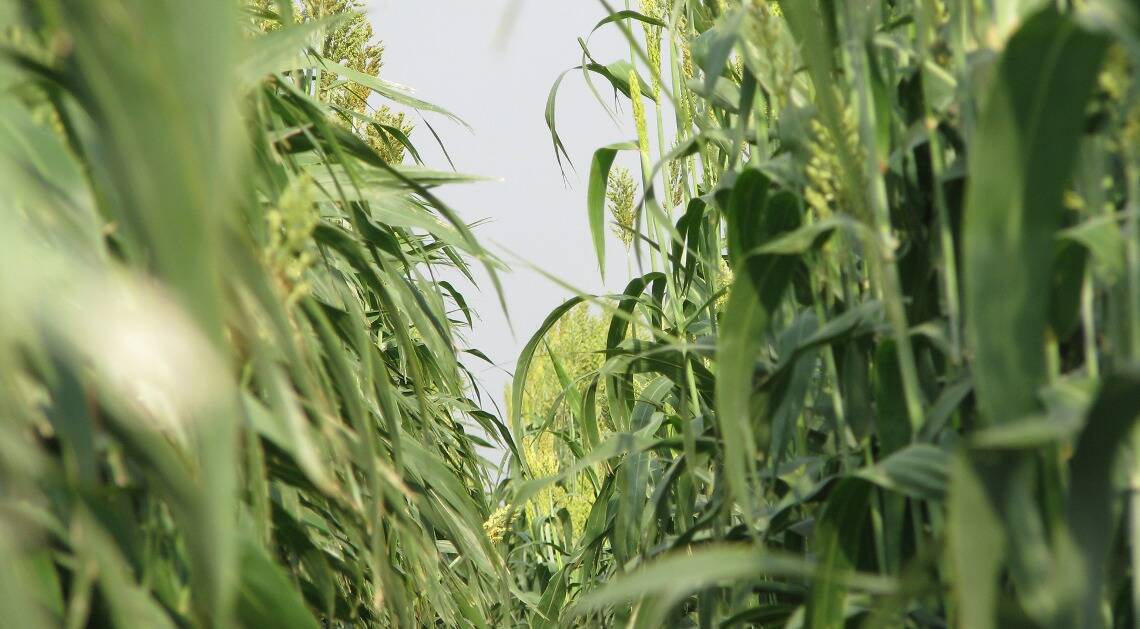
Khannu has a partial solution to the land-use question around SAFs and energy crops.
The U.S. has a partial equilibrium economic model called BEPAM (Biofuel and Environmental Policy Analysis Model) that, when linked with a biogeochemical model, can be used to help determine where energy crops can be grown — be it cropland, marginal land or non-crop land.
The researchers discovered through BEPAM that an attempt to meet the U.S.’s 35 billion-gallon mandate using advanced biofuels would cost US$1.40 per litre of SAF in 2016 dollars (US$1.90 today according to the U.S. Inflation Calculator).
“The corresponding price of petroleum jet fuel was 34 cents per litre in 2016 dollars. So the price of SAF would be more than five times higher,” she said.
The economic model helped the researchers understand how much land would be needed to produce energy crops to meet SAF production goals and its implications for food crop prices.
“We look at all the different ways in which these feedstocks affect greenhouse gas emissions through the life cycle: the emissions from producing the crops, soil carbon effects, (how) the indirect land-use change affects the savings we get by displacing petroleum jet,” says Khannu.
From there, they calculated the net carbon impact of SAF and compared it to the GHG sequestration savings there would have been if the land was left alone.
“And so what we see here is that the carbon intensity of SAF goes down as the price of sustainable aviation fuel goes up. It allows more energy crops to be produced which have much lower carbon emission intensity.
“And so the carbon intensity of SAF goes down (and it) goes down even further as we allow non-cropland to be converted to grow energy crops.”
“To sequester carbon by allowing the land to convert into SAF feedstocks, you can actually get a much greater reduction that’s many times greater than keeping the land residence.”
Higher food prices may result
However, this process also introduces a spanner in the works: less cropland for food driving higher consumer prices.
“And because of that, corn and soybean prices will go up looking at the overall crop price index. So with a 35 million-gallon mandate, crop prices would go up … 30 per cent, so that’s kind of the trade-off that would be involved.”
All of this comes back to incentivizing farmers to grow energy crops, she said. And that will take money.
“It takes one to three years to plant and to grow them. Farmers have to commit to a crop that’s going to take 10 to 15 years to pay back and in the meantime, you’re losing the opportunity of benefits from having other crops.”
Farmers who are risk-adverse to investing in energy crops will need higher prices for biomass and SAF to be willing to produce those crops instead of corn and soybeans, said Khannu. This will raise the cost of SAF.
“So when we put all of that into the model and then we (ask) what do those supply curves look like from these crops, there is a substantial reduction in the amount of SAF that could now be produced.
“So instead of producing 120 billion litres, we’re more than 50 billion litres, so that’s when the cost (of SAFs) is going to go up because of that risk aversion.”
Breeder touts Canadian-grown energy sorghum
Energy sorghum is sold in Canada. Om Dangi, president of Agricultural Environmental Renewal Canada (AERC), points to Canadian Sweet Sorghum Hybrid (CSSH) 45 — a sorghum suitable for biofuel that can be converted into SAFs.
AERC is an Ottawa-based hybrid seed company with a focus on research, development and commercialization of environmentally-friendly and economically-promising crops, according to its website.
CSSH-45 is recommended for one-time harvesting to make silage or green chop for dairy and beef animals. The AERC website says this variety has “very high potential” for its “juice” that aids in the production of ethanol and biodiesel.
“It is grown just like sugarcane,” says Dangi, who bred the variety using conventional breeding methods.
“It’s mature in 98 days … You can extract easily 50 per cent juice through the total biomass.”
It can be grown in semi-arid areas for silage production following juice extraction.
Dangi says climate change has allowed this sorghum to be grown in places it normally couldn’t. The areas of Canada that can support CSSH-45 lie between Canada’s 43rd north latitude to its 53rd north latitude. That means it can be grown in areas from B.C. to Quebec.
– With files by Janelle Rudolph.




